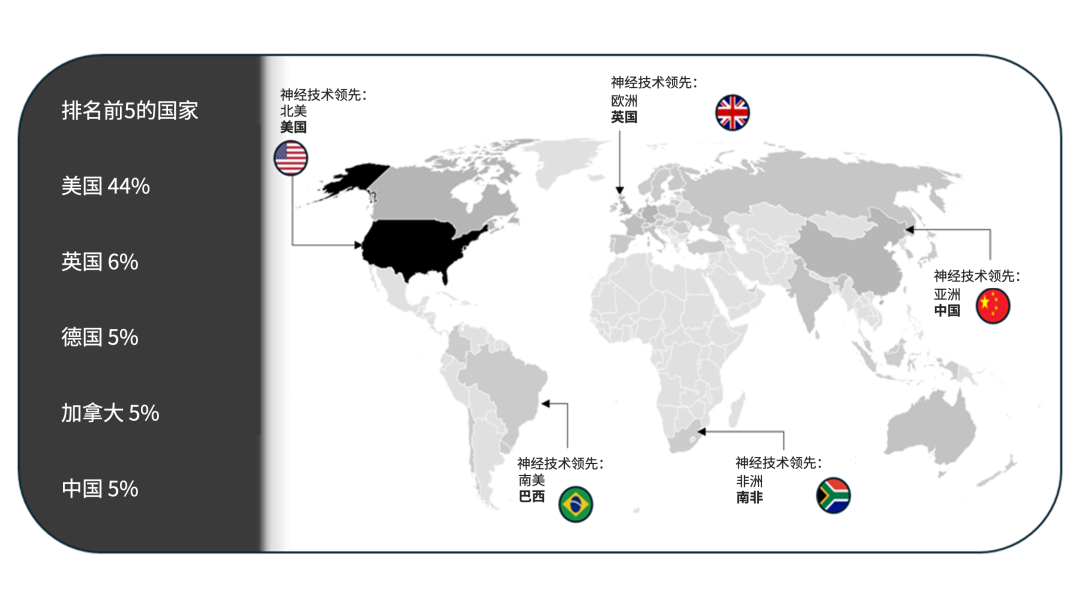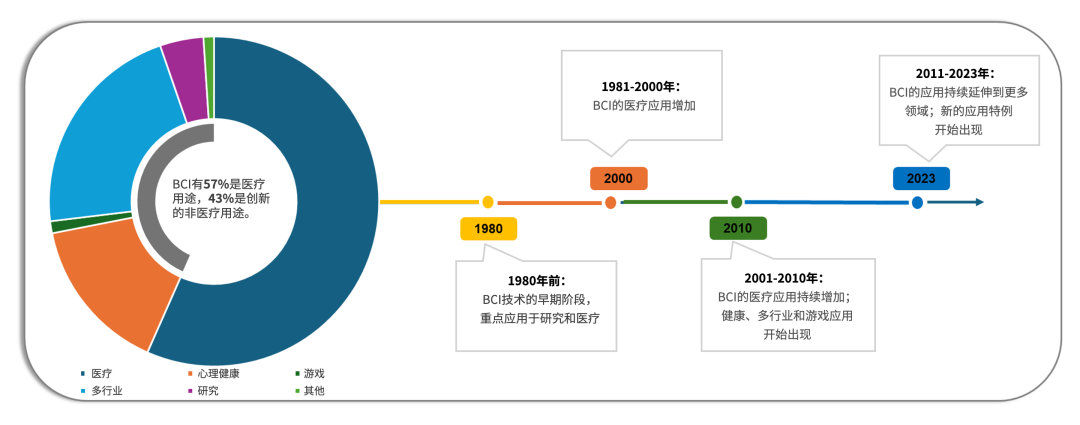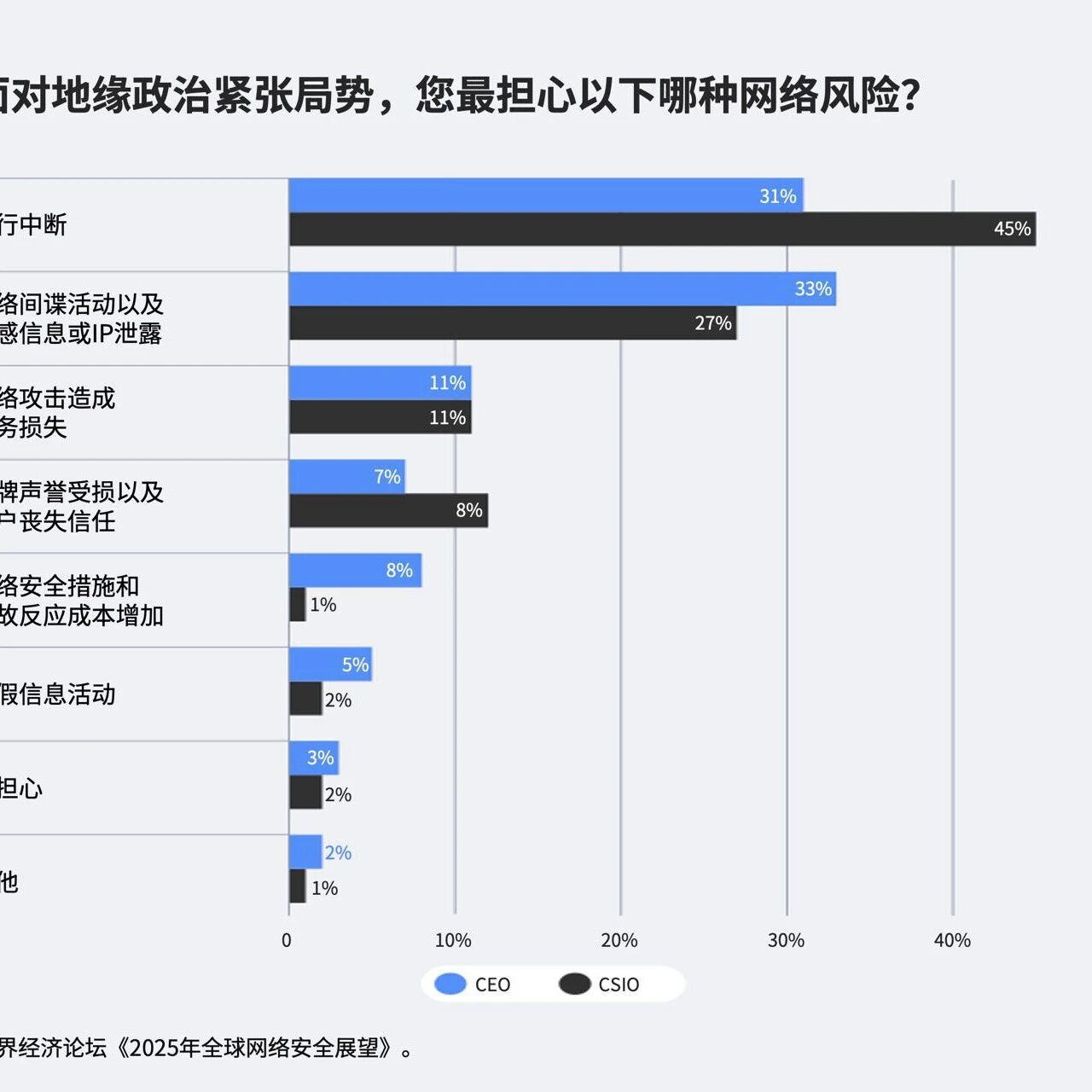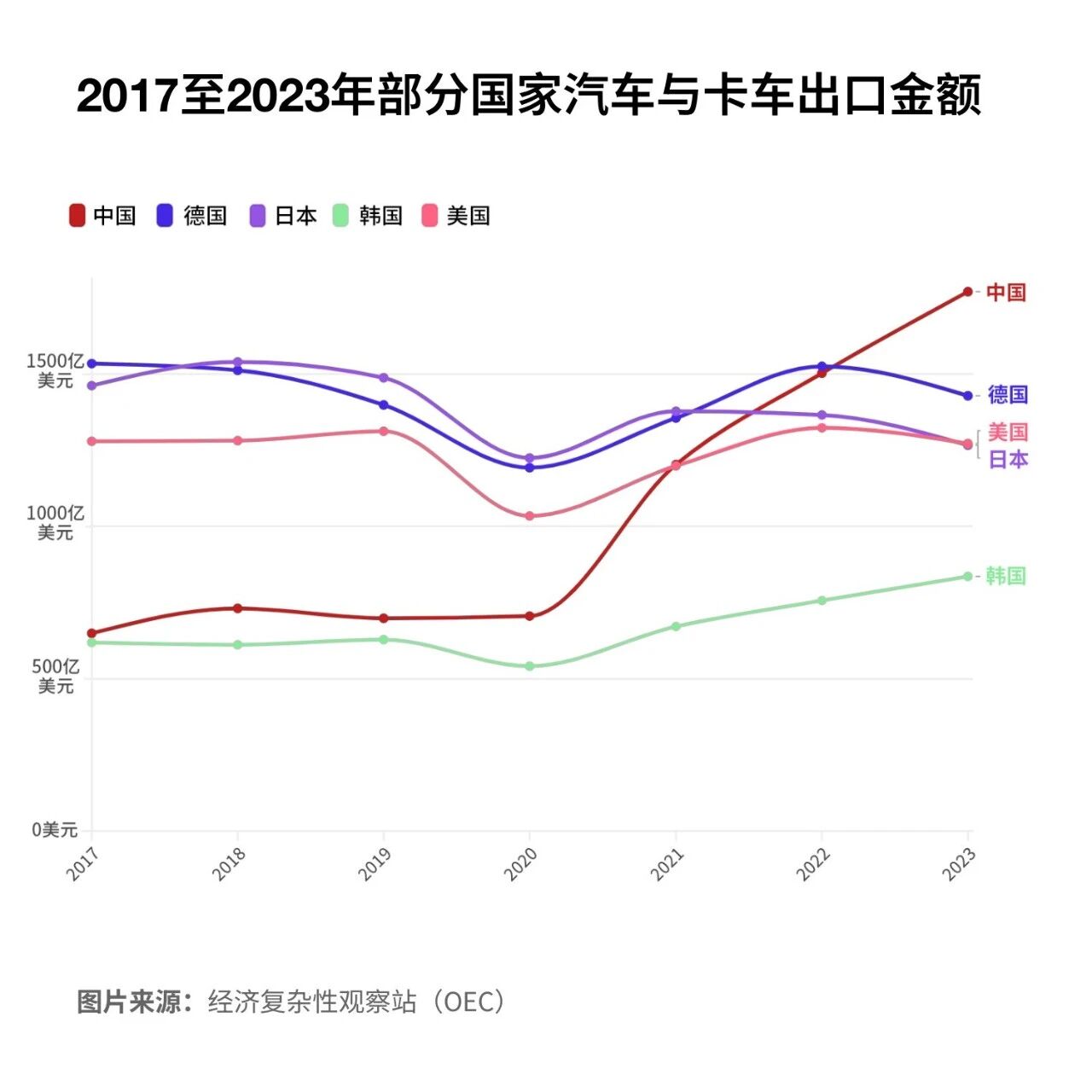2030,62
:Getty Images/iStockphoto
Manar Alohaly
(SITE)
(BCI),202217.4203062
BCI,
BCI,
According to a recent report, the global brain-computer interface (BCI) market was valued at approximately $1.74 billion in 2022 and is projected to surge to $6.2 billion by 2030, growing at a robust compound annual growth rate of 17.5%.BCI is a system that receives brain signals, analyzes them, and converts them into commands for other devices. While the full scope of BCI applications in the future remains unclear, understanding current trends is crucial for identifying the technology’s future directions, as well as its potential areas for innovation and growth—and, importantly, the cybersecurity risks and threats it may pose. Here’s insight drawn from the experiences of 680 companies.Global Distribution of Neurotechnology BCI Companies: Countries Leading in Number of Firms.
:Saudi Information Technology Company (SITE)
Leading brain-computer interface technologyBCI Company’s global distribution map (Figure 1) highlights the countries leading industry development. Thanks to substantial R&D investments and a robust innovation ecosystem, the United States clearly dominates in this field.Europe has also made significant contributions to this field, notably through Germany, the Netherlands, and France. Additionally, emerging nations like India, Brazil, and South Africa are actively playing a dynamic role in the BCI arena.The development and diverse applications of BCI company over a period of time.
:Saudi Information Technology Company (SITE)
In popular culture, cyborgs—also known as "half-robots"—and BCIs have long been fascinating concepts, as seen in the 1987 film *RoboCop*. Today, advancements in artificial intelligence (AI) and signal-processing technologies are bringing BCI applications closer to reality, though we're still far from a scenario where robots dominate.The timeline of BCI development (Figure 2) shows that many companies initially focused on BCI research and medical applications, but as BCI-related technologies advanced, their applications have now expanded far beyond the healthcare sector.Diverse application scenariosAfter analyzing the selected sample of BCI companies, we identified five key application areas, with the remaining cases categorized as "Other." The "Other" category encompasses unique or niche BCI applications that companies are exploring but have yet to gain widespread adoption—or are still in the early stages of development—such as using BCIs for user authentication.BCI's five main application areas include:- Medical:Provides patients with a range of benefits, including prevention, detection, diagnosis, repair, and rehabilitation.
- Study:Providing neuroscientists, researchers, and developers with resources to conduct studies exploring the capabilities and limitations of BCIs.
- Mental health:Provide real-time feedback on users' mental health status and promote effective mental health practices.
- Cross-industry:Providing cross-disciplinary, customized solutions such as BCI-driven decision support systems, usability testing platforms, stimulus-based advertising and entertainment applications, neuromarketing solutions, and adaptive teaching technologies, among others.
- Games and Entertainment:Eliminate traditional controls, delivering an immersive gaming experience through one-way or two-way neural communication—responding to and stimulating brain activity to enhance engagement.
Although fewer companies are focused on gaming compared to other sectors, this market is growing rapidly. The rise of virtual reality and augmented reality games, coupled with advancements in immersive technologies, has intensified consumer interest in gaming applications. Amid this trend, Valve announced a partnership with OpenBCI to explore BCI applications within the metaverse context.How BCI Applications WorkBCI applications convert brain activity into control signals for devices, while using sensory feedback to stimulate the brain, as shown in Figure 3.Common components for BCI applications.
:Saudi Information Technology Company (SITE)
- Brain signal acquisition:Capture brain signals using invasive (implant-based) or non-invasive methods.
- Signal Processing:Clean the raw signal to remove noise and extract meaningful features.
- Pattern Recognition and Machine Learning:Control instructions are often issued by leveraging processed signal patterns, frequently with the aid of machine learning techniques.








